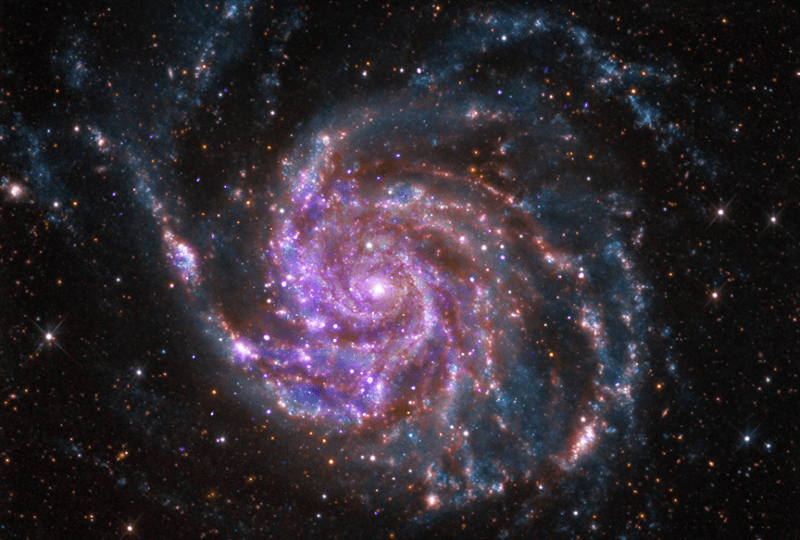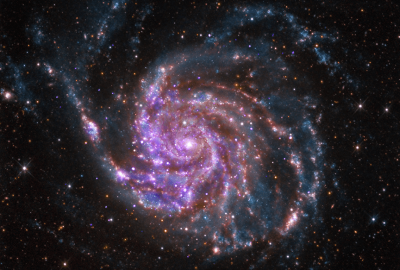The European Space Agency's "Euclid" telescope has sent new images from space of "dark matter," which is considered the most mysterious substance in the universe, offering scientists a greater chance to understand it, according to the British newspaper "The Telegraph." For the first time, scientists have penetrated the "Messier 78" nebula, a star-forming region usually obscured by dense clouds of dust and gas, completely obstructing the view and located about 1,600 light-years from Earth.
Dark matter, which accounts for approximately 85% of the universe's mass and is responsible for keeping stars and planets in their galaxies, remains a puzzle for scientists. The infrared camera onboard "Euclid" has allowed scientists to look inside the nebula, where they identified brown dwarfs and "rogue planets," both of which are considered candidates for the formation of dark matter.
Marusa Zergal from the Astrophysics Institute in the Canary Islands stated: "This image is unprecedented because it is the first of its kind that possesses depth and sharpness. Furthermore, the wide field of view allows us for the first time to actually study low-mass objects in this detail and uniformly."
Dark matter cannot be seen directly, but its effects can be observed through telescopes, as it bends light around galaxies, creating a ring of starlight known as "gravitational lensing." Brown dwarfs are intermediate objects between large planets and stars, emitting radiation but not having yet turned into full stars. Rogue planets can have masses up to four times that of Jupiter but do not orbit any star.
According to the newspaper, scientists are now able to look inside nebulae thanks to "Euclid" to determine whether there are enough "dwarfs" and "rogue planets" to explain the dark matter mystery. Jerry Chang from the Astrophysics Institute in the Canary Islands remarked that "dark matter, as we all know, is very mysterious and invisible. But so far, brown dwarfs and planetary-mass objects are considered candidates to explain this missing mass."
Scientists assert that only 5% of the universe is visible to us, while the rest consists of "strange unknowns" that can only be inferred through their effects on the universe. According to "The Telegraph," without dark matter, the universe would not continue to expand, and galaxies rely on the "gravitational pull" of dark matter to maintain their cohesion, making the identification of both components a very challenging endeavor.




